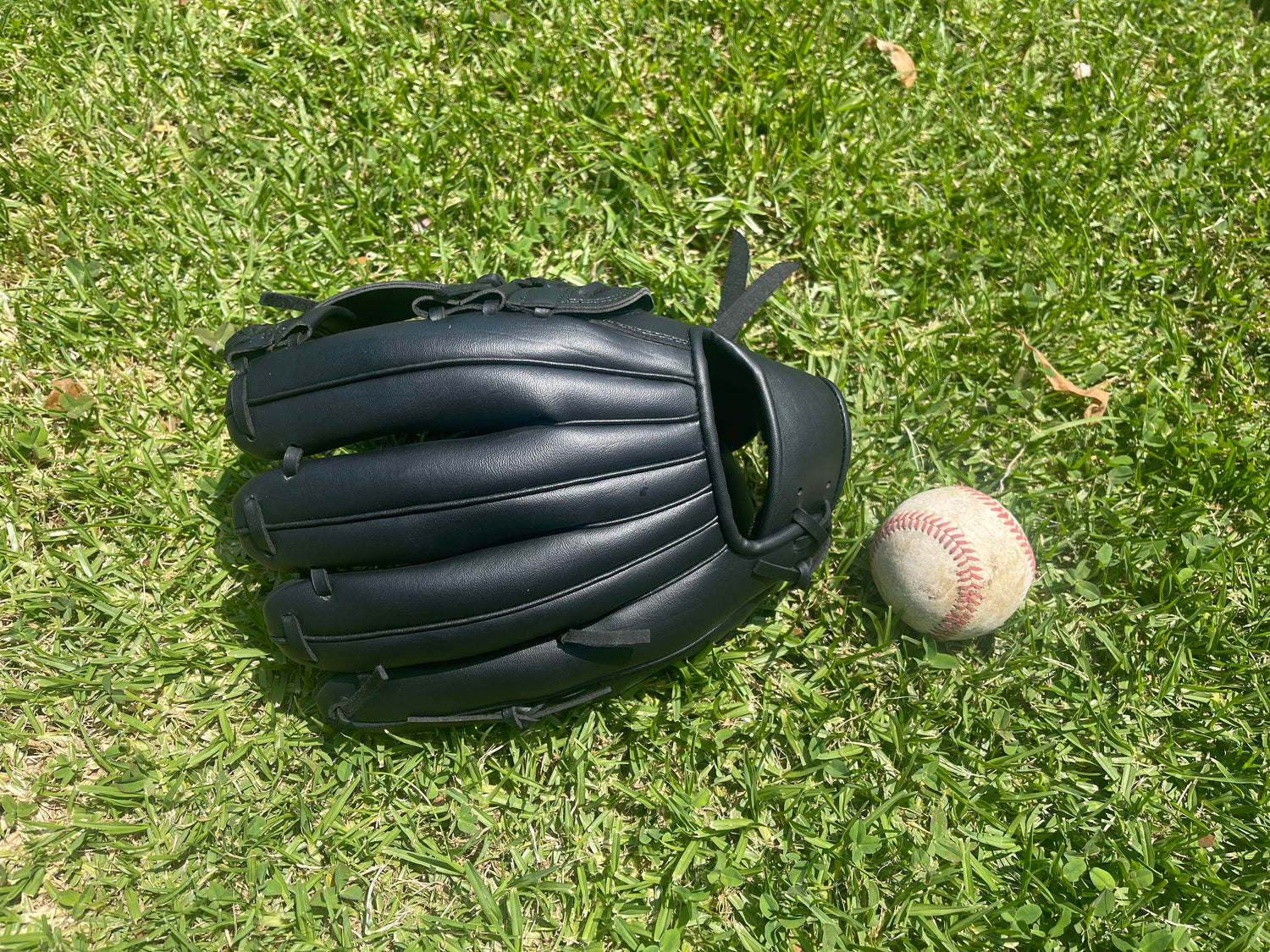At first glance, most baseball gloves look very much alike and serve the same function. However, upon further inspection, they actually vary in design based on position. Each defensive position comes with different duties, which makes a unique style of glove ideal based on where the glove is being used on the field.
Here are some main differences between the types of baseball gloves:
Infielder Baseball Glove
Infielders are crucial to the success of a team's defense. They need to be coordinated and move quickly on the field. For this reason, an infielder's glove is usually small and light and features a relatively shallow pocket for easy access to the ball. They often have an open back which, while not as supportive as some other position's gloves, allows for maximum flexibility, which can be crucial when catching the ball at an awkward angle. The style of an infielders glove is up to personal preference, but they usually feature open webbing. The open webbing allows dirt to easily fall out of the glove when scooping the ball up from the ground and the ability to see the incoming ball through the holes in the webbing.
First Base Baseball Glove
The most outs in a baseball game occur at first base, and this is where the majority of the exciting defensive action takes place. The first base player usually wears a mitt instead of a glove, which does not have individual slots for the fingers to fit into like the other infielders. The position requires a mitt that can easily scoop a ground ball out of the dirt and provides a large target for a catcher or other defensive players to aim for. These mitts are usually bigger and more padded than the rest of the infield and feature a large swooping pocket and single post webbing.
Pitcher's Baseball Glove
A pitcher's glove is much like any infielder glove, but it does need to serve multiple unique functions. It needs to be able to do everything from snagging a line drive to scooping the ball off the ground for a quick double play. However, an extremely important function of the pitcher's glove is hiding the ball from the batter before the pitch. The grip with which a pitcher holds the ball before delivering it can tell a lot about what kind of pitch is coming. For this reason, a pitcher's glove has a closed lacing to completely hide the ball from opposing players, which is a key difference between a pitcher and an infielder's glove.
Outfielder Baseball Glove
Outfielders use gloves that are generally larger than the gloves worn by the infield. An extra-long glove allows them to get those precious extra few inches that may be necessary for a diving or leaping catch. They feature very deep pockets that keep the ball from bouncing out of the outfielder's grip, which may sacrifice a bit of time between the catch and throw for the added ball security.
Catchers Mitt
Out of all the gloves on the field, the catcher's mitt puts in the most work. Catcher's mitts are the largest on the field to provide an easy target for the pitcher and have a lot of extra padding to better protect the catcher's hand from 100 mile-an-hour fastballs. They also have tons of wrist support to help ease the strain on the user's wrist and prevent injury. Catcher's mitts don't have finger holes. They feature a very deep pocket that quickly envelopes the ball and can also keep it secured during a physical play at home base.
-
Keeping these positional differences can have a huge impact on your game and are important to keep in mind when selecting your next baseball glove.

